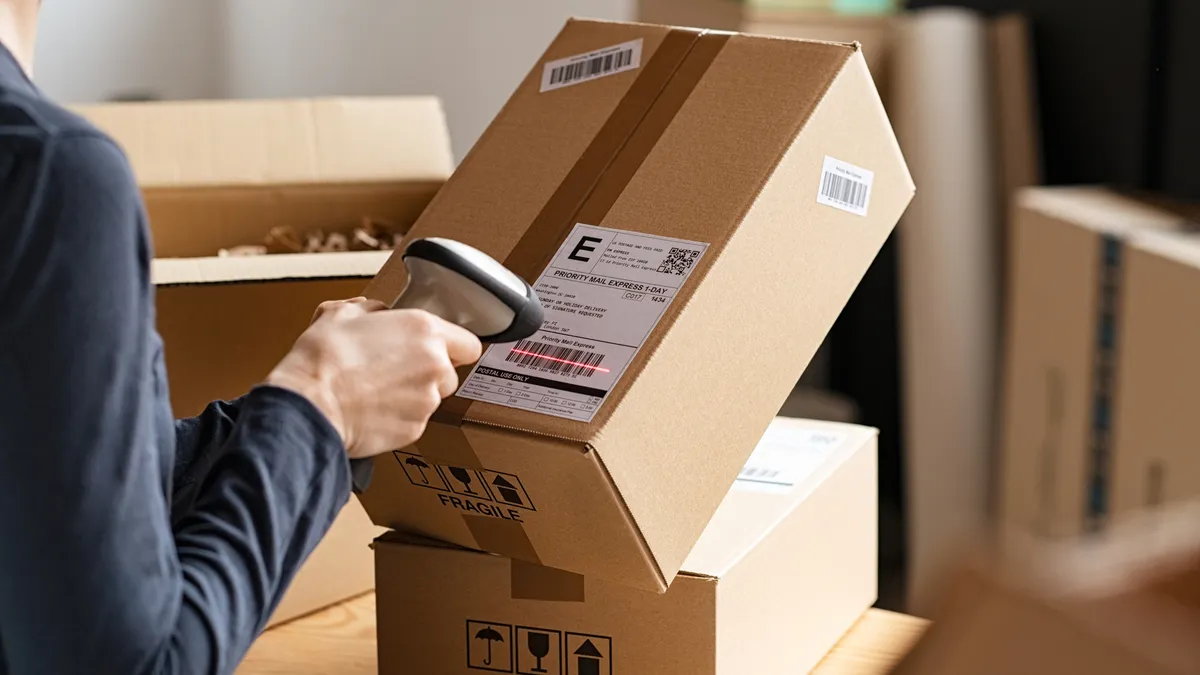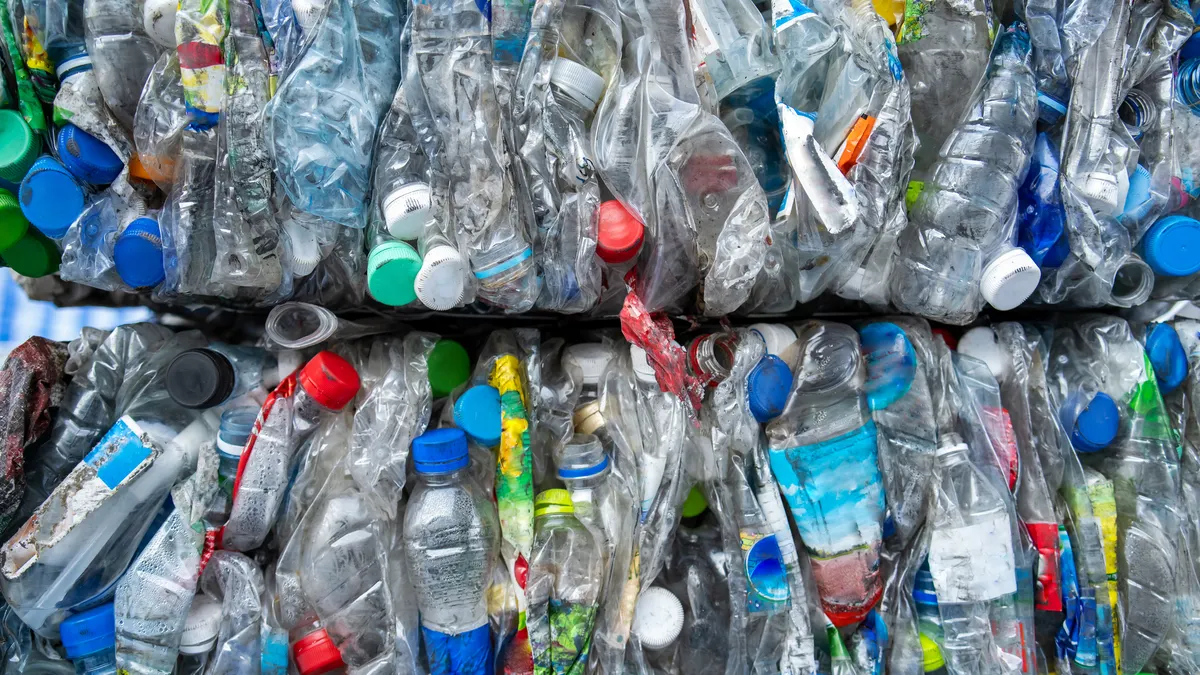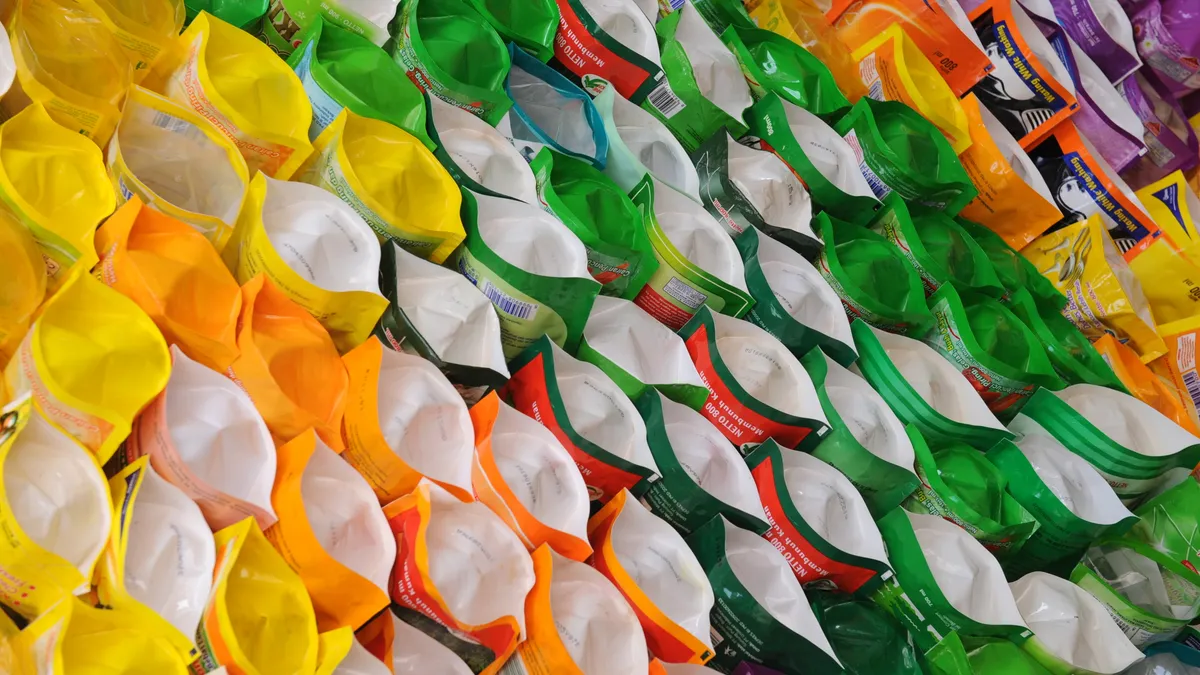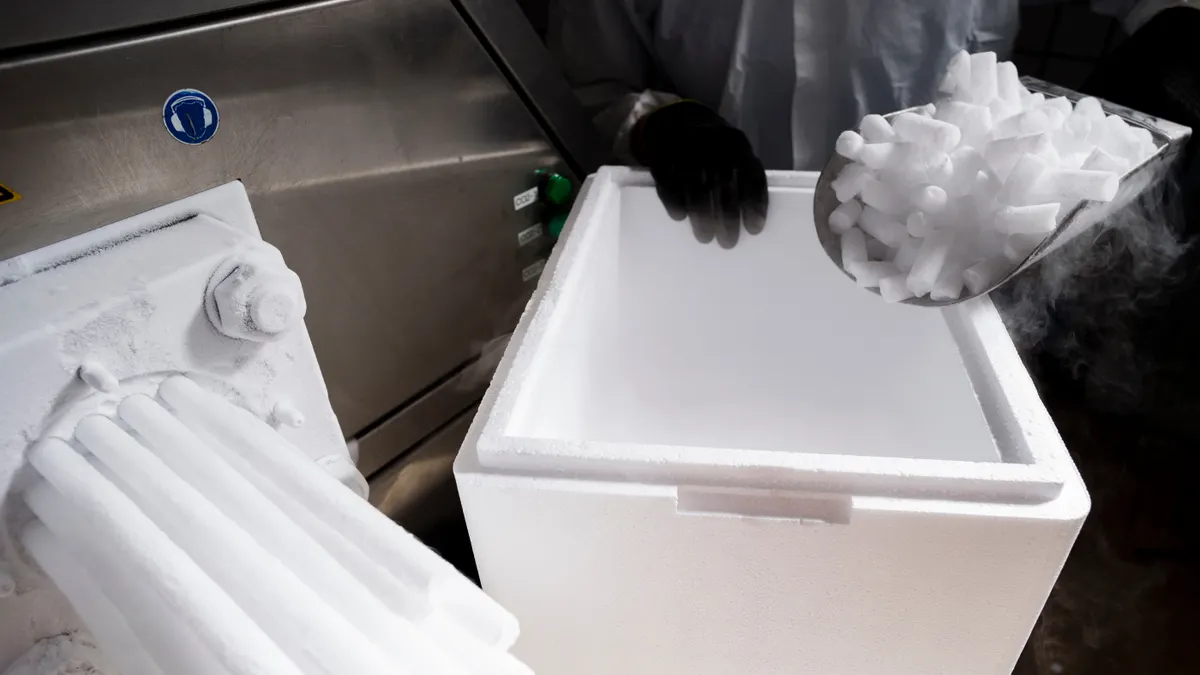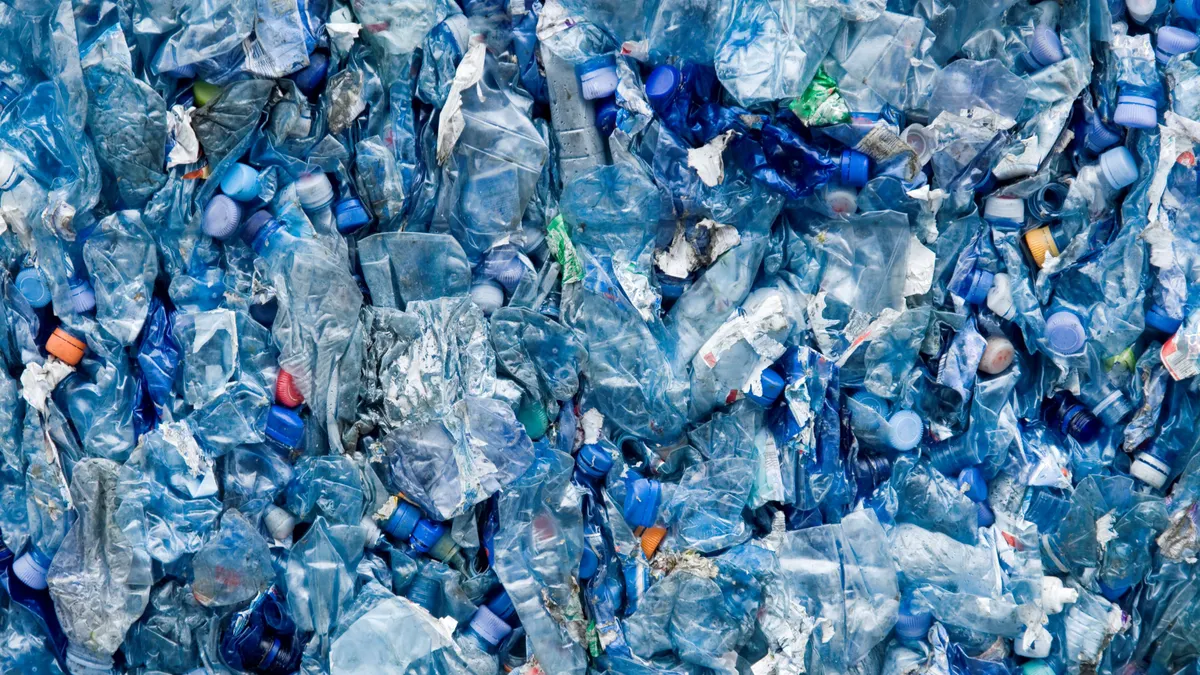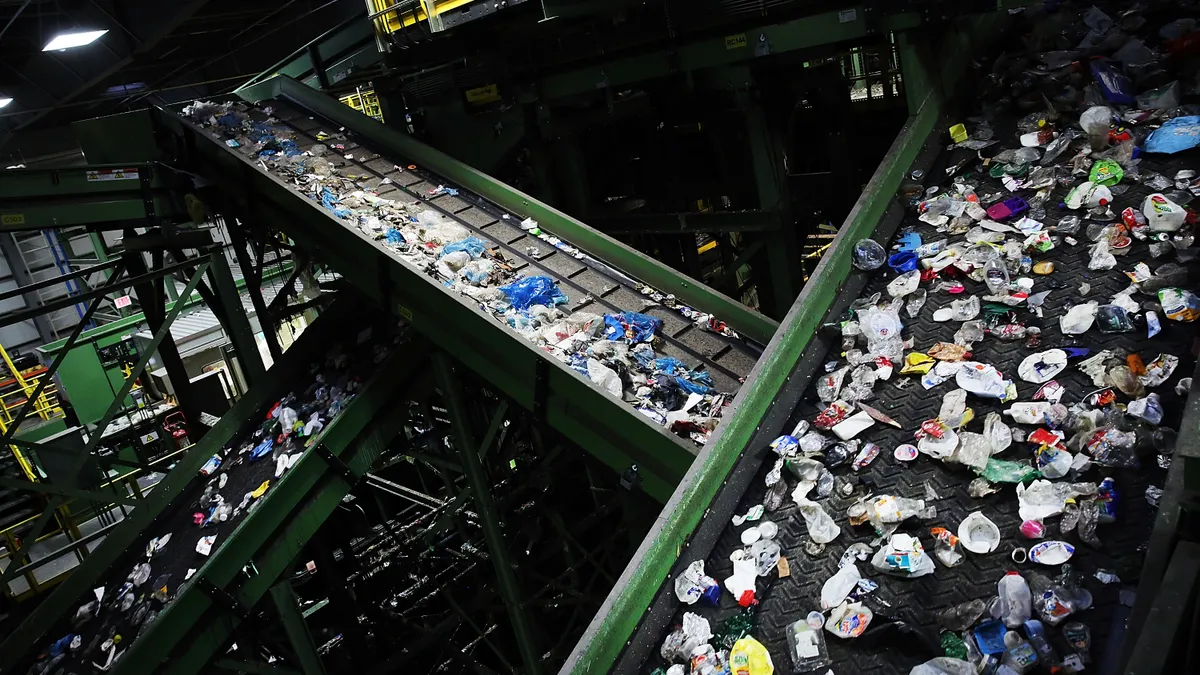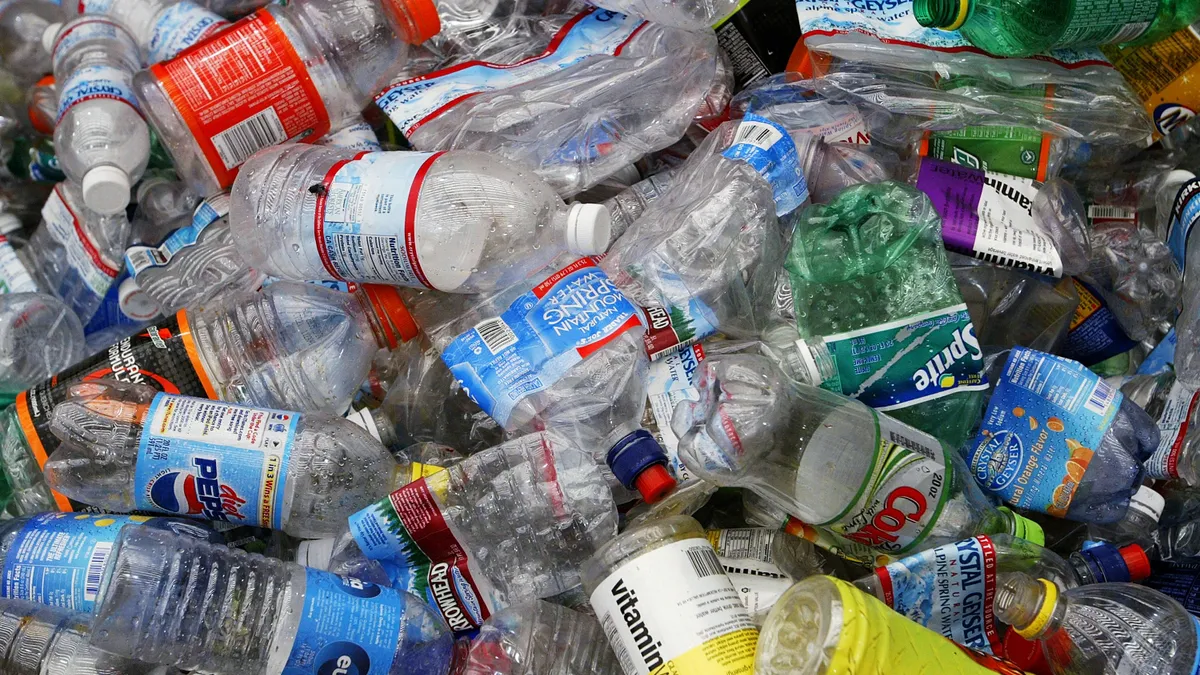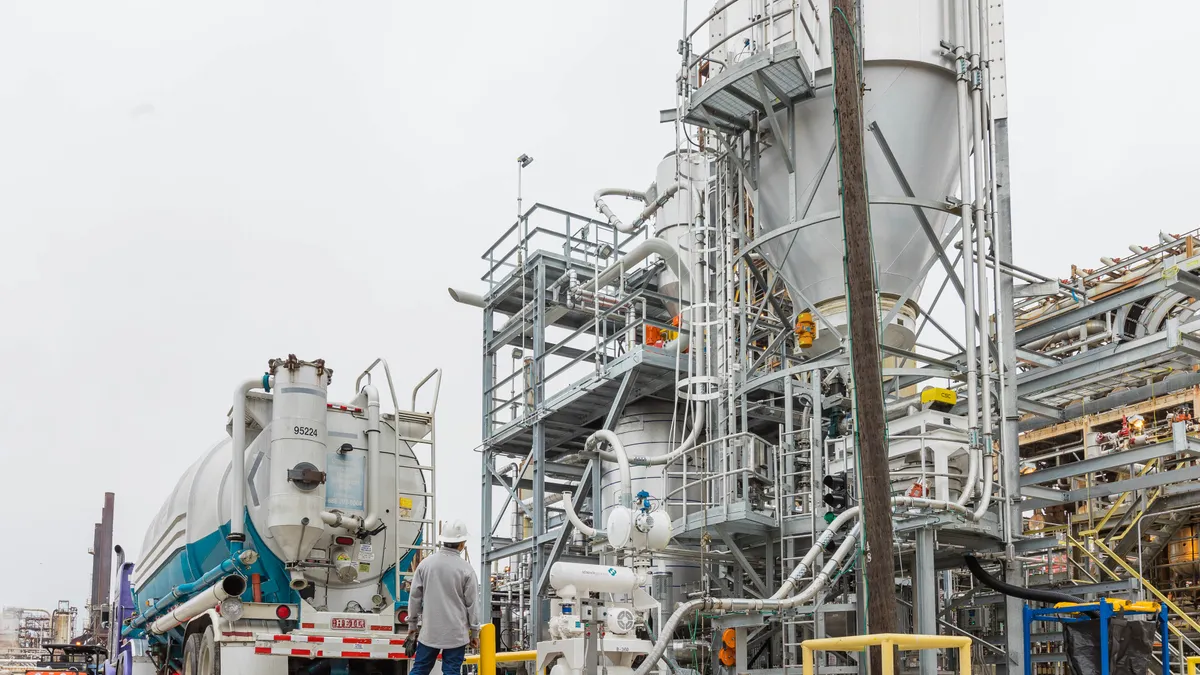Businesses in many countries have hit pause on new deals or investments due to recent economic uncertainty amid tariffs. But the trade war is also prompting certain packaging companies to rework their supply chains — and it’s unknown how widespread and lasting of a mark these changes will leave on fiber trade patterns.
Containerboard and the fiber materials it's made from are all traded heavily across U.S. borders, as are goods packaged in corrugated boxes. As such, a global fiber supply chain reorganization could become a long-term effect of tariffs, RaboResearch recently reported.
Already, some paper and packaging companies are saying that they have altered their supply chains in response to tariffs. For example, Smurfit Westrock shifted some production among its sites in Canada and the United States during the last three months, executives said on their May 1 earnings call. In February, during the early days of tariff threats, executives at Cascades also discussed strategies they were devising to mitigate potential tariff impacts.
So far, “I have seen examples of some supply chain shifts, but not major,” said Anish Thanatil, North America lead for BCG’s forestry, pulp, paper and packaging work. But there’s some evidence that packaging demand rose in Q1 as certain customers intentionally made purchases sooner to boost inventory and avoid potentially higher prices once tariffs kick in.
Thanatil and co-authors recently wrote about a “new playbook” for packaging companies in North America. While the authors initially wrote the report last year, they made modifications based on various developments in recent months, including tariffs, Thanatil said.
Geopolitics and trade don't affect all packaging substrates evenly, he said, noting that metals have the most direct exposure to tariffs due to the sector's high volume of imports and lesser degree of vertical integration. While the United States also is a net importer of paper, it's at a lower level than with metals.
Compared with metal, "fiber is probably going to be affected a bit more based on demand fluctuations, rather than supply chain fluctuations," Thanatil said, but acknowledged "it's very difficult to predict."
Short-term and indirect impacts
Some packaging companies are enacting defensive, short-term changes in response to tariffs, which experts caution comes with downsides. "Most of the packaging companies that are right now largely reacting on short-term trends are possibly losing an opportunity to look at some long-term trends," Thanatil said.
To build resilience into their systems, packaging companies must understand how the end markets for each of their packaging formats will be affected by short-term uncertainty as well as five to 10-year mega-trends around sustainability and e-commerce, Thanatil said. "These are trends that are not going to go away anytime in the near future, so the structured portfolio choices and the [capital expenditure] choices should be based on those."
Although there is still strong growth in e-commerce, which RaboResearch says is the variable most affecting containerboard demand right now, consumer weakness amid tariffs also factors into paper and packaging demand.
“Containerboard is very sensitive to industrial, but also consumer, demand,” said Xinnan Li, packaging and logistics analyst at RaboResearch. “So when the overall economy slows down,” as RaboResearch predicts, “there's less demand for containerboard as well."
This uncertainty has also chilled investments into a holding pattern as companies await better clarity.
“From a [capital expenditure] perspective, it's pretty detrimental” as companies are “not pulling the trigger in terms of investments,” Li said. “I would not be surprised if we hold until the end of the year — or even into next year.” On the M&A front, drop-offs occur partly because it's “really difficult to value a business with this type of uncertainty,” she said.
These elements also stand to influence if and when containerboard producers launch another price increase, which RaboResearch's Q1 report projected will occur by the end of 2026 at the latest, but likely this year. Analysts are still working on a potential update to their demand and pricing forecast.
“I think the overall impact from tariffs may be more than what we expect,” Li said, forecasting a possible decrease in demand growth this year before a potential recovery in 2026.
Long-term trade flow revamp
Paper and packaging flows have already been changing in recent years. Earlier this year, RaboResearch released a report describing how import policies that China implemented over the last decade have changed the global flow of paper and packaging. If the researchers create an updated fiber trade map five years from now, “it might look very different again – and part of the reason is tariffs,” Li said. Companies are “trying to find different trade partners, different markets, different buyers and different sellers.”
Under the reworked flows, China likely would still be a fiber importer, regardless of whether it’s recovered paper, virgin fiber or other forms, Li said. But the twist is that businesses in China “don't necessarily have to buy from the U.S. anymore. That's a continued change, a continued impact, from the tariffs and also geopolitics,” she said, explaining that other countries also could make trade deals amongst themselves and cut out the United States.
Brazil is rising to prominence for its fiber supply, and it already sells a lot to China and other Southeast Asian countries, according to Li. While Brazil's exports to that region could increase, it might also move to bump up its fiber exports to the United States, in light of U.S. trade disputes with Canada and Europe, she explained.
“There's more and more discussions about, for example, Brazilians coming into the U.S. and buying a plant. They're looking at hard assets,” Li said.
Brazilian pulp company Suzano has pushed to enter the U.S. market, making an unsuccessful bid to purchase International Paper in 2024. Its first foray into the U.S. occurred with last year's purchase of two mills from Pactiv Evergreen. Now the company is said to be among the contenders to purchase IP's global cellulose fibers division, Brazilian publication Valor reported in April.
What happens next with fiber trade is anyone's guess. Based on past experiences with major events that altered global trade, such as the COVID-19 pandemic, some of the fiber trade shifts that are in motion will likely stick, while others revert.
“In COVID, everybody was talking about ‘just in case’ versus ‘just in time.’ When we no longer needed ‘just in case,’ everybody resorted back to 'just in time' to reduce their burden on the balance sheet,” Li said.
That supports Thanatil's assertion that companies should try to focus more on the long game instead of reacting quickly to potentially short-lived trends.
“We are not clear how this trade scenario will land,” Thanatil said. “Most people are just waiting and watching.”


